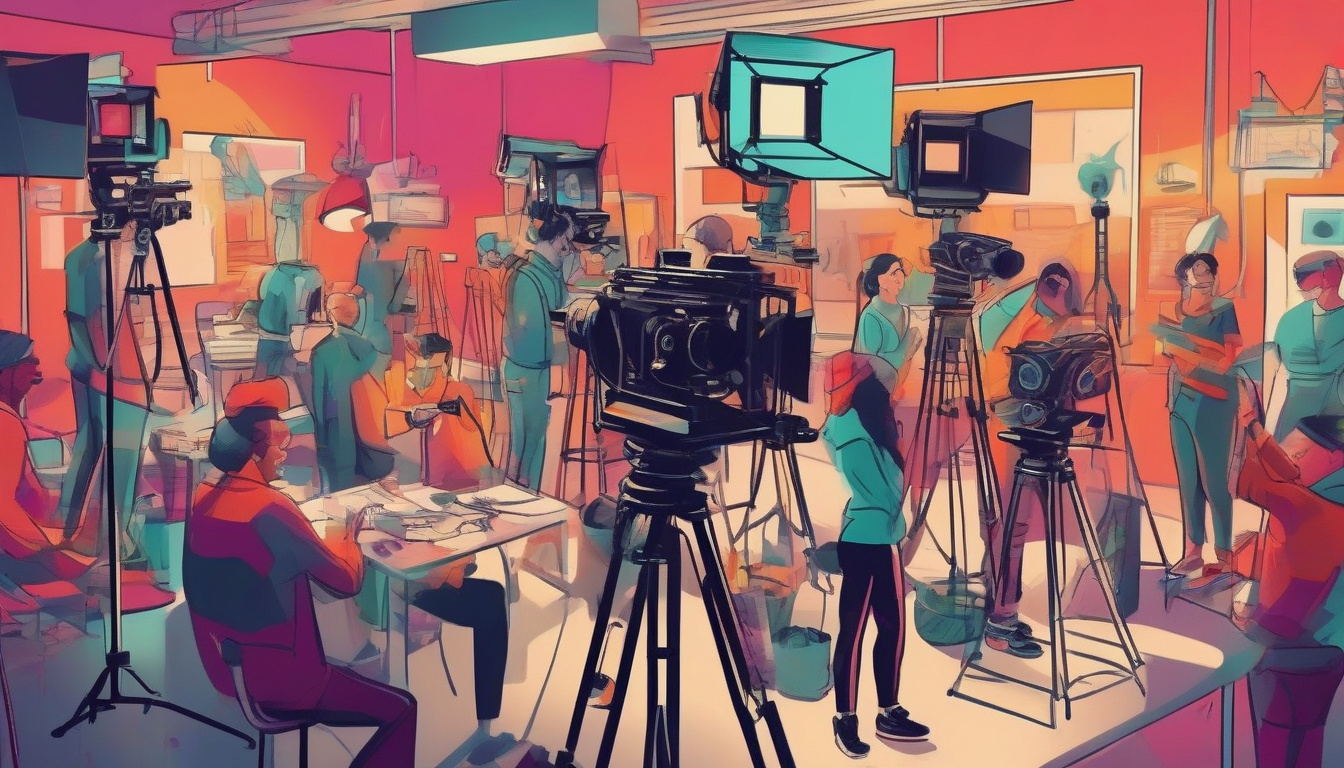
From Page Turner to Screen Sizzler: The Art of Adapting Novels into Screenplays
The Battle of Text vs. Context
Let’s set the scene: you’re clutching your favorite book, and the news hits — it’s getting a movie adaptation. Cue the confetti, and then cue the terror. How can a mere mortal transform the sacred text into a screenplay without losing its soul? Enter the bold screenwriter, armed with a highlighter and mission.
The Great Condensation: Decoding What Stays and What Goes
Condensing a 500-page novel into a 120-page screenplay is much like trying to stuff a whale into a goldfish bowl. The secret? It’s all about themes, baby. The key motifs, character arcs, and pivotal scenes. It’s brutal, it’s ruthless, and not all your favorite subplots will make the cut (sorry, subplot enthusiasts!).
Characters on a Diet
In books, characters sprawl out, full of thoughts, asides, and leisurely strolls through their own psyches. On screen, not so much. Characters in movies get straight to the point—think of it as your favorite novel characters on a low verbosity diet. The inner monologues are stripped back, and what remains are dialogue and action that drives the plot forward at the speed of a Hollywood car chase.
But, The Setting!
How does one capture the misty moors of Wuthering Heights or the lavish, riotous parties of The Great Gatsby? Through the sorcery of cinematics, of course. Locations become compact, essence-focused renditions of their literary originals. The screenwriter’s golden rule? Show, don’t tell. Forget the lengthy landscape descriptions; let the visual do the talking.
Speech! Speech!
Dialogues in novels can meander like a peaceful stream. In screenplays, they’re rapids — fast, fierce, and fun. Adapting dialogue often means sharpening witty repartees and cutting anything that smells even faintly of exposition. Unless it’s absolutely essential, it’s probably facing the chop. Bring on the snappy banter and heart-wrenching declarations!
Pace Yourself
In the race between a tortoise-novel and a hare-screenplay, the hare usually wins. Pacing in screenplays is relentless, with scenes flipping faster than you can say, But that’s not how it happened in the book! Think of pacing like you’re on a first date: keep it exciting, leave no room for awkward silences, and always leave them wanting more.
Can You Feel It?
Emotions that simmer and burst forth from the pages of a novel must be boiled down into their most potent essence on screen. This is where soundtracks, close-ups, and that single tear rolling down our protagonist’s cheek at the perfect moment come into play. You might not hear every thought of our hero, but you’d better believe you’ll feel them.
And, Action!
Finally, it’s about capturing the soul of the book through the visual spectacle that only cinema can provide. It’s the swagger of Indiana Jones, the spine-tingling silence of space in Gravity, the Gatsby parties that leave you dizzy. Whether it’s the adrenaline-pumping action, the heartbreak, the tension – screenplays transform words into worlds.
Adapting a novel into a screenplay is no small feat. It’s about capturing the spirit, nailing the characters, and pacing it like a perfectly timed symphony. It’s art, it’s science, it’s a little bit of cinematic magic. And when done right, both book lovers and movie buffs leave the cinema with that glow of satisfaction — the magic of storytelling wonderfully transformed from page to screen.






